
Assistant Professor,
Department of Biomedical Engineering, Amirkabir Univerisity of Technology (Tehran Polytechnic)
No. 350, Hafez Ave, Valiasr Square, Tehran, Iran 1591634311, I.R.RAN.
Mail: s.sadeghnejad@aut.ac.ir
Dr. Soroush Sadeghnejad
I am an Assistant Professor in the Department of Biomedical Engineering at the Amirkabir University of Technology, Tehran, Iran. I am currently the vice-president of the International Robot Sport Association (FIRA) and Iran FIRA Chapter head.
My primary field of research interest is Medical Robotics and Control of Healthcare System usages. Within the area of medical, surgical and rehabilitation robotics, I am interested in the problems, related to the design, dynamic modelling, and implementing of control methods in the robotic and mechatronic of medical and healthcare systems. I have found applications in medical robotics to be exciting, not only because of their practical value but also their direct and indirect impacts in everyday life of everyone. As a result, my research work blends both theoretical and practical aspects of problems related to robotics and AI of medical and healthcare systems.
Since 2010, I have authored and co-authored peer-reviewed conference and journal papers in the fields of robotics and AI in all aspects besides my main research interests before receiving BSc and MSc degrees.
My Ph.D. was focused on design and implementation of haptic training system for sinus endoscopy and skull base surgery. The ideal simulator for Endoscopic Sinus and Skull Base Surgery (ESSS) training simulators not only must be supported by a physical model but also should have the ability to provide repetitive behavior in a controlled environment. To develop an Endoscopic Sinus Surgery (ESS) virtual-based haptic training system, it is required to exploit the dynamic model for every three components of the system, including the haptic interface, the human user, and the virtual environment.
My long-term goal is to study and focus on research based on the problems associated with medical robotics system designs and applications by utilizing AI and robotics approaches to address real-world healthcare challenges. Designing usable solutions in the real world, especially for those who do not have a chance to enjoy their everyday life because of functional limitations that interfere with their abilities.

